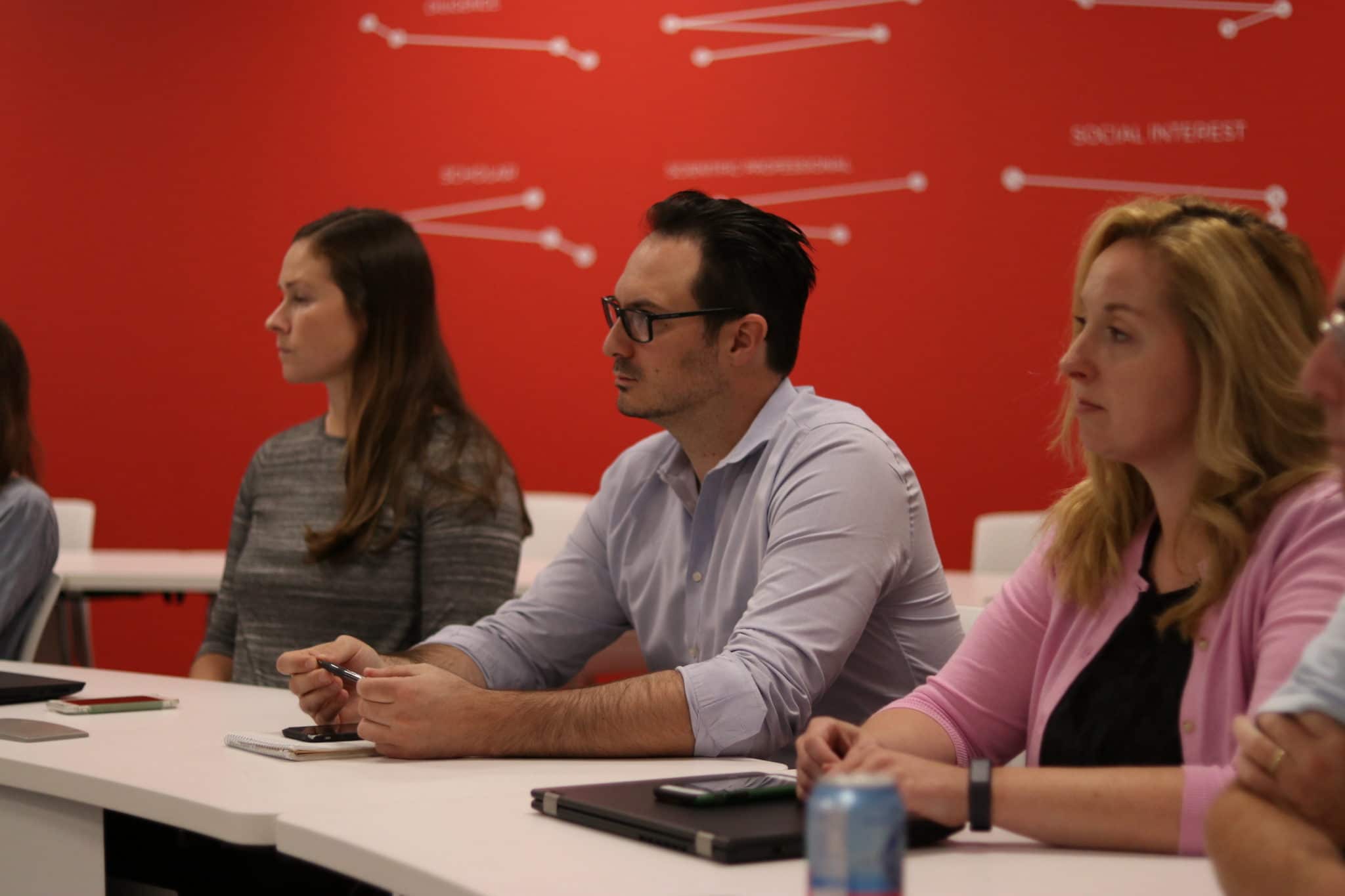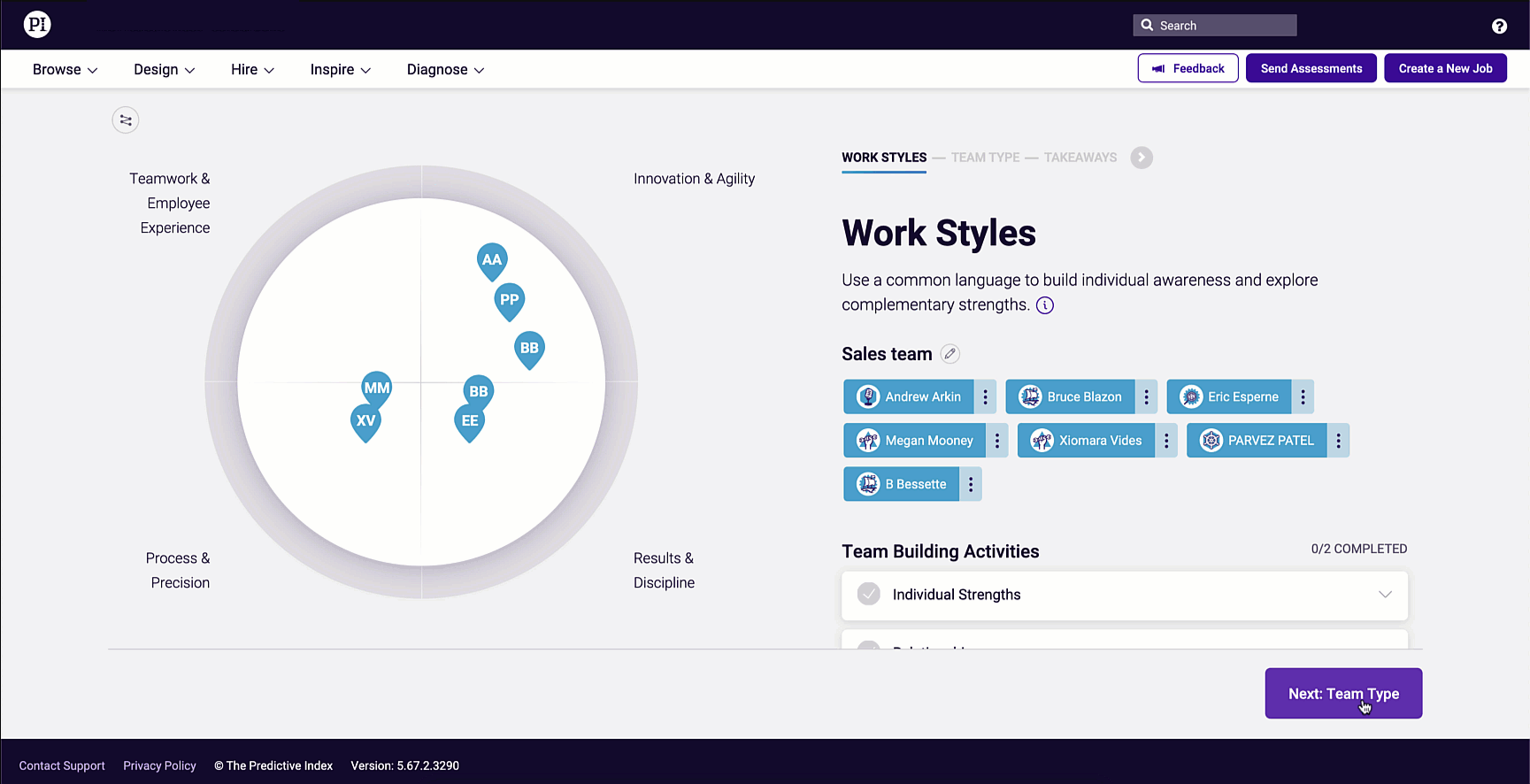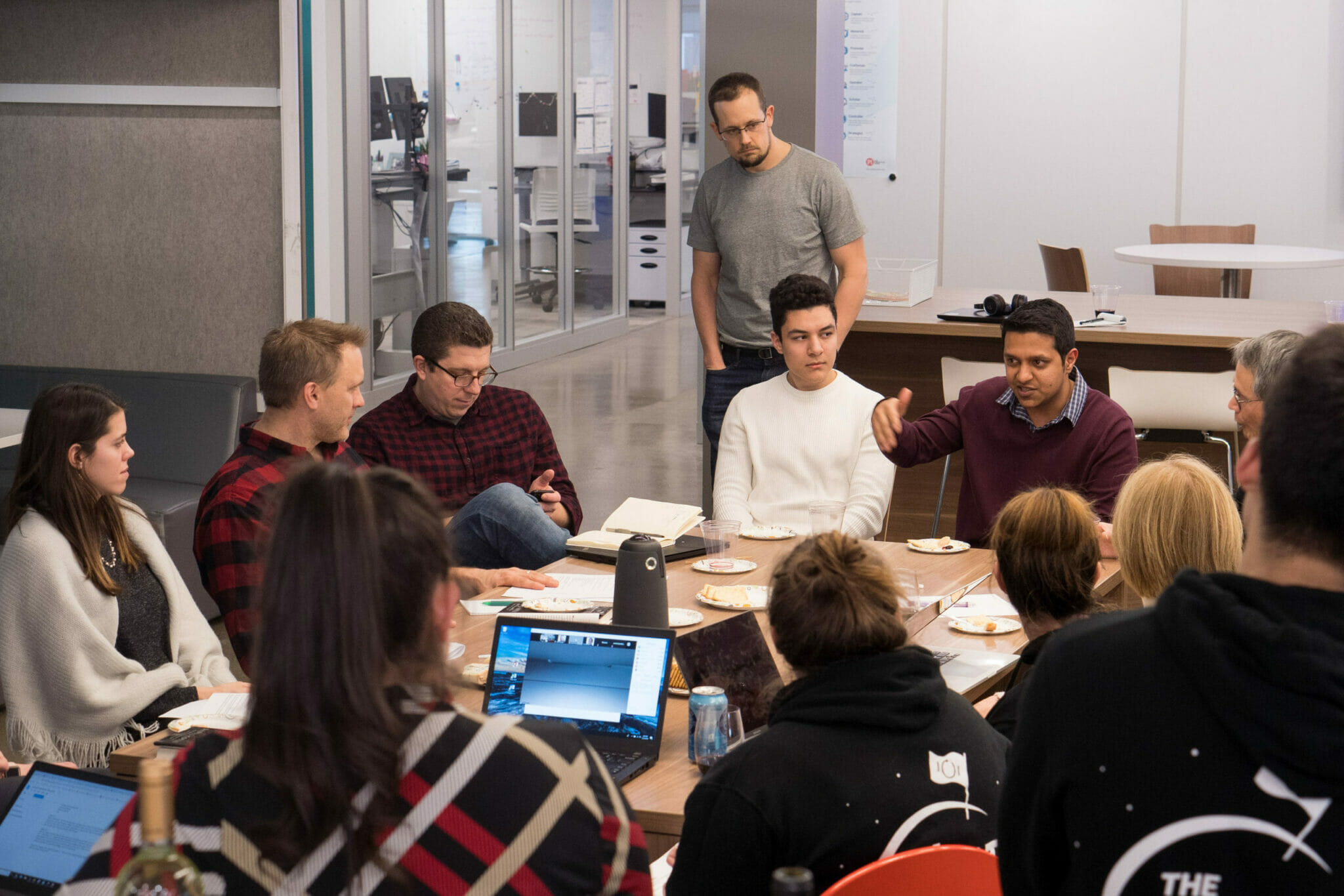What’s your impression of personality tests? Maybe you’ve taken one as a job candidate, or perhaps you’ve used them in an effort to better understand your workforce.
Depending on that experience, the execution, and the test itself, your mileage may vary. Personality testing can be quite a polarizing subject.
Not all personality tests are the same, for one. Further, there are quite a few tools—such as psychometric evaluations, as well as behavioral and cognitive assessments—we tend to erroneously lump under the same umbrella.
In this post, we’ll unpack some of the misconceptions and limitations of personality testing, while also exploring:
- What are the most common workplace personality tests?
- What are some of the benefits of personality testing for employees?
- How does talent optimization go beyond personality testing?
If your goal is to determine whether personality testing can be a boon to hiring, your current employees, or your company culture, read on. You want to be clear on your options, and whether there’s a better approach for your organization’s needs.
What are the most common workplace personality tests?
A lot of things that aren’t personality tests get mislabeled. And many of the most commonly used tools, including the Myers-Briggs Type Indicator, are not actually validated for workplace selection. That said, here are some of the most common personality tests, and what they aim to achieve:
- DiSC assessments help individuals and managers make daily workplace improvements.
- Five-factor models (also referred to as “Big Five” tests) have many variations, and gauge an individual based on the five “major dimensions of personality.”
- The Jung personality test assesses how you prefer to deal with different people, processes, and information.
- The MBTI test helps someone “recognize his or her true preferences” as they pertain to perception, judgment, and decision-making.
All of these evaluators (and others) have two key things in common: They’re free, and they’re not scientifically validated by a third party. Neither of those facts is disqualifying on its own, but it’s important context if you’re considering them for workplace use.
If you’re an HR director or people manager working with a limited budget, but still trying to gain an understanding of different personalities in the workplace, you start somewhere. Any of these tools may be helpful in identifying the personality traits and work styles of team members, but they’re not comprehensive. They are but one piece to a larger puzzle.
If you want to truly understand how those tendencies play out in the workplace, you need to go deeper.

What are some of the benefits of personality testing for employees?
Personality tests are most effective when you use them in conjunction with other tools. You may benefit from a high-level snapshot of someone’s personality traits in the recruiting process, but that will only take you so far. You need to also have a clear idea of what gaps you’re aiming to fill, whether you’re evaluating an outside candidate or an existing employee.
If talent strategy is a priority (and it should be), you’ll hire for job fit. To ensure you’re hiring the right people for the right roles, look at your existing team dynamics — namely your Team Type. This provides a baseline from which to start, with the strengths and strongest drives of the group already plotted and visualized. From there, a personality test can help you identify a candidate or existing employee with appropriate levels of:
- Extraversion/Introversion
- Agreeableness
- Steadiness
- Conscientiousness
Personality testing can also provide some insight into more abstract traits, such as neuroticism, but it’s generally not going to account for culture fit on its own. These tools may help you better understand an individual’s tendencies, but they’re limited in assessing potential job performance or a person’s contribution to team building efforts.
For those sorts of insights, you need to go further still…

How does talent optimization go beyond personality testing?
A talent optimized approach fosters awareness at every level: the individual, team, and the organization. It doesn’t necessarily exclude any of the aforementioned tools, but it accounts for more. PI’s behavioral and cognitive assessments, for instance, are scientifically validated (and regularly re-evaluated) by third parties.
The behavioral assessment takes you beyond the individual’s high-level traits, offering deeper insights into their workplace behavior. How does the BA work? To start, we take the word “assessment” literally. You can pass or fail a test, but the BA operates on the philosophy that all behavioral patterns are beautiful—when applied correctly. Along with a cognitive assessment and/or a job assessment, you can determine whether someone:
- Has the desired behavioral drives for team dynamics
- Can process new information quickly enough for the role
- Can assert themselves situationally where appropriate
And that’s really just scratching the surface. A talent optimized approach to filling an open role—whether with an external hire or internal promotion—has many benefits. You get a better sense for how a person will mesh with their potential manager; you also gain insights into their preferred working pace, and how that might play out within their new team.
Maybe you need a steadying presence to temper high-dominance, low-patience team members. Talent optimization provides a better sense of whether you’ll get that with a given person through the assessments, but also its other core aptitudes. The process helps underscore the significance of any change in head count.
Leveraged correctly, behavioral assessments can also promote inclusivity in the hiring process. They don’t remove bias, but they can help mitigate it, furthering your objective recruiting efforts when combined with other DEI steps.
Talent optimization is the whole picture.
Personality tests have their merits, but in a vacuum, you run the risk of pigeonholing or misjudging people from the outset. And too often, that sort of limited approach leads to external mishires or internal misfires.
Understanding how someone’s behaviors might manifest in the workplace—and specifically, your workplace—-is critical to team cohesion. Don’t use this knowledge to just explain or excuse specific behaviors. Rather, leverage it in a way that promotes awareness at every level. In doing so, you’ll foster empathy, understanding, and leadership. That’s where talent optimization sets itself apart.








